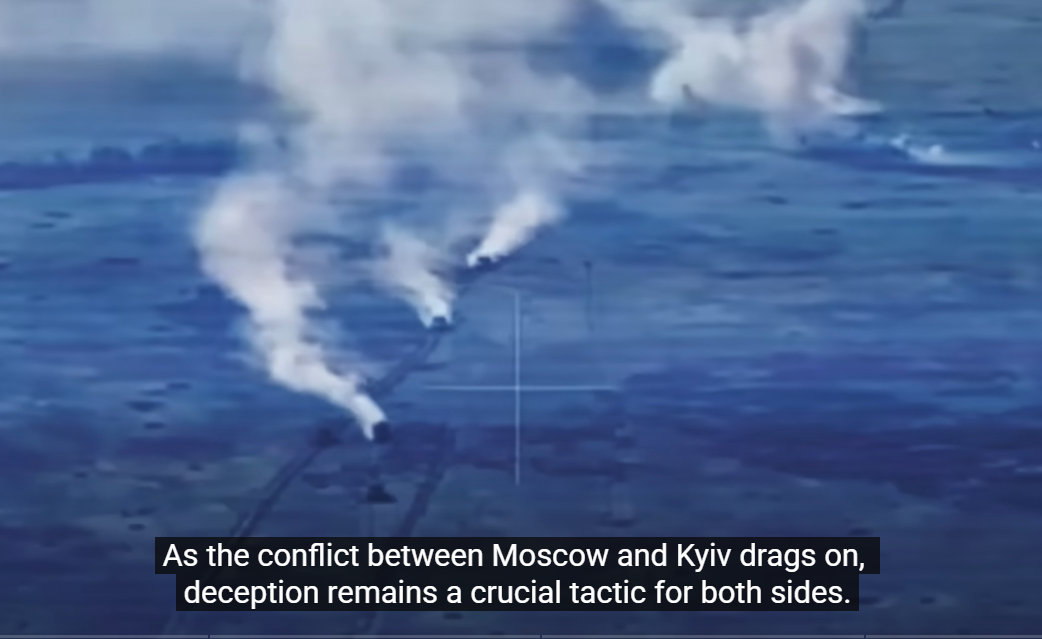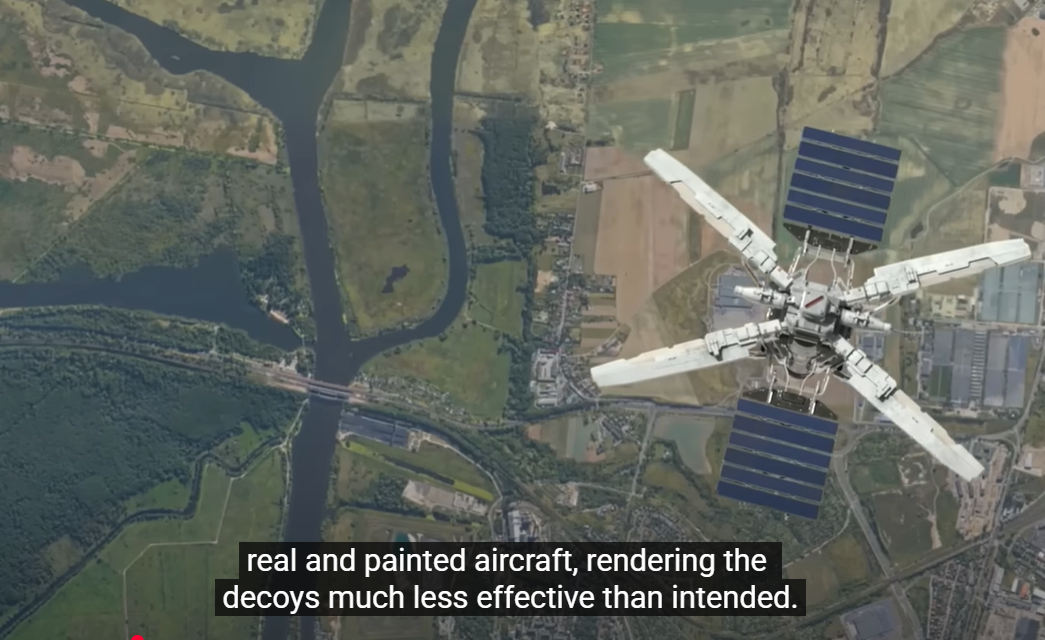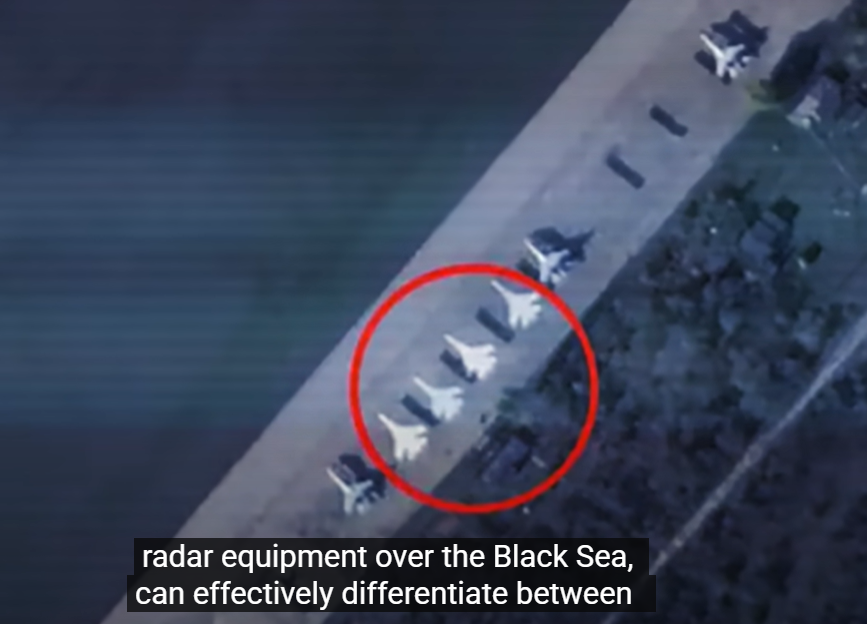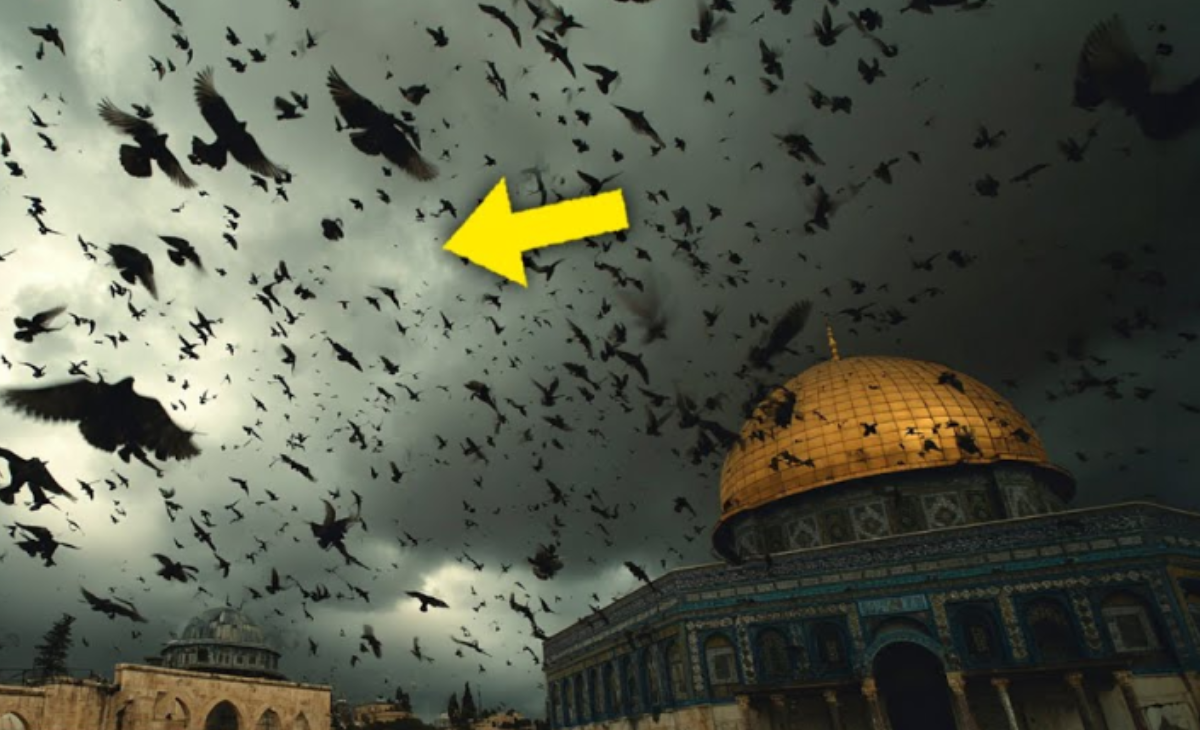**Headline: “Phantom Fighters and Deceptive Designs: The New Age of Military Illusions”**

As the battle lines between Moscow and Kyiv blur amidst a relentless war, the art of deception has reached a striking new level. On April 30, 2024, Open-Source Intelligence researchers unveiled a shocking revelation: updated satellite images of the Mozdok Air Base in southeastern Russia revealed a fleet of aircraft that are anything but what they seem. Among the Su-24M/MR strike aircraft and Tu-22M3 bombers, a cluster of ghostly silhouettes painted in stark white emerged, casting no shadows on the tarmac. These are not operational warplanes but elaborate decoys, meticulously crafted to mislead Ukrainian drones and sow confusion in the skies.
This deceptive tactic is not new; reports of fake aircraft at Mozdok first surfaced in January 2024. However, the recent addition of Su-24 decoys marks a disturbing escalation in the ongoing conflict. As the Ukrainian military enhances its long-range strike capabilities, the Kremlin’s reliance on these painted illusions underscores a growing anxiety about potential deep strikes into Russian territory. While these visual tricks aim to fool basic drone cameras, they lack the sophistication to withstand advanced radar technology employed by Ukraine’s allies, who can easily differentiate between real and fake.


Moscow’s strategy of deception is mirrored across the globe in a different theater of military operations. In China’s sprawling Taklamakan Desert, satellite images from July 2024 revealed a chilling spectacle: replicas of American fighter jets, including the F-22 Raptor and F-35 Lightning II, meticulously staged for military exercises. These mock-ups, some bearing signs of bomb damage, suggest a sophisticated rehearsal for airstrikes or potential invasions, raising alarms about China’s military ambitions.
The existence of these life-like replicas is not just a passing curiosity; it reflects a broader trend in military strategy. China previously made headlines by constructing mock-ups of U.S. warships for missile testing, honing its capabilities against perceived adversaries. As tensions simmer over Taiwan, these drills signal a troubling escalation in China’s preparations for potential conflict.

Meanwhile, in the Persian Gulf, Iran’s Islamic Revolutionary Guard Corps (IRGC) staged its own form of military theater during the “Great Prophet” exercise in June 2020. The IRGC showcased its asymmetric capabilities by deploying a life-size model of a U.S. aircraft carrier, complete with mock combat operations. This provocative display, intended to demonstrate Iran’s potential to challenge U.S. naval supremacy, highlights the lengths to which nations will go to project power and deter adversaries.

As military deception becomes increasingly sophisticated, the world watches with bated breath. The challenge of concealing military assets has evolved, with countries grappling with the balance between secrecy and transparency in the age of high-resolution satellite imagery. In Israel, for instance, efforts to obscure military sites have led to unexpected exposure, as blurring techniques inadvertently drew attention to sensitive locations.

The implications of these developments are profound. As nations engage in a high-stakes game of cat-and-mouse, the line between reality and illusion blurs, raising critical questions about the future of warfare. Will painted decoys and mock-ups prove effective in a world where advanced technology reigns supreme? As the stakes rise, the art of deception will undoubtedly continue to evolve, leaving us to wonder what the next chapter in this complex global narrative will reveal.

